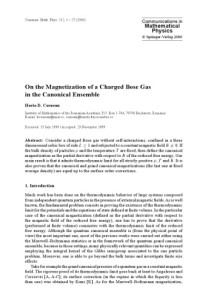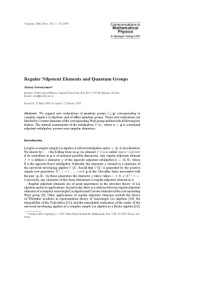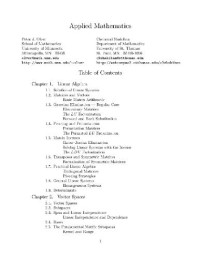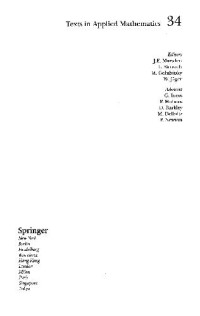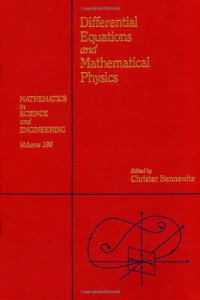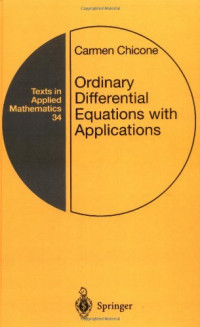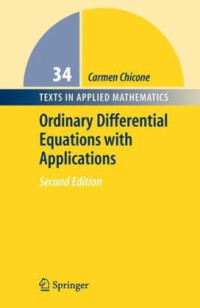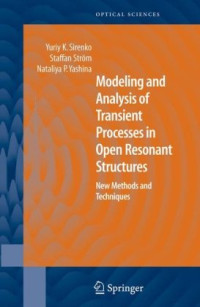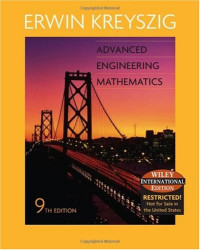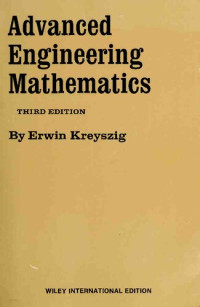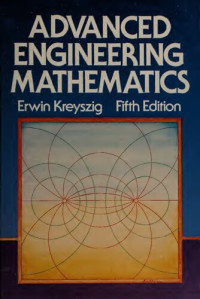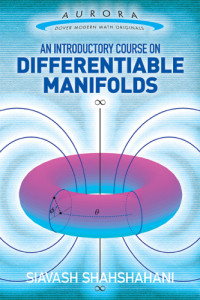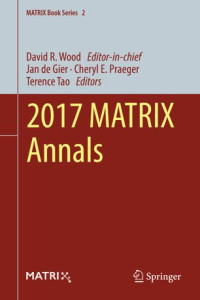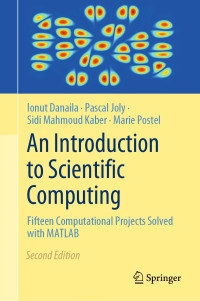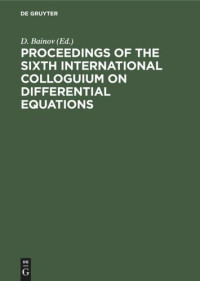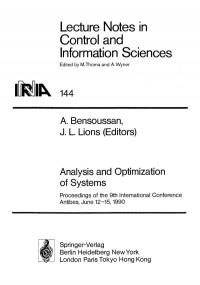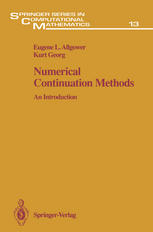
Recipes for Continuation
Harry Dankowicz, Frank SchilderRecipes for Continuation lends equal importance to theoretical rigor, algorithm development, and software engineering. The book demonstrates the use of fully developed toolbox templates for single- and multisegment boundary-value problems to the analysis of periodic orbits in smooth and hybrid dynamical systems, quasi-periodic invariant tori, and homoclinic and heteroclinic connecting orbits between equilibria and/or periodic orbits. It also shows the use of vectorization for optimal computational efficiency, an object-oriented paradigm for the modular construction of continuation problems, and adaptive discretization algorithms for guaranteed bounds on estimated errors.
The book contains extensive and fully worked examples that illustrate the application of the MATLAB-based Computational Continuation Core (COCO) to problems from recent research literature that are relevant to dynamical system models from mechanics, electronics, biology, economics, and neuroscience. A large number of the exercises at the end of each chapter can be used as self-study or for course assignments that range from reflections on theoretical content to implementations in code of algorithms and toolboxes that generalize the discussion in the book or the literature. Open-ended projects throughout the book provide opportunities for summative assessments.
Audience: It is intended for students and teachers of nonlinear dynamics and engineering, as well as engineers and scientists engaged in modeling and simulation, and is valuable to potential developers of computational tools for analysis of nonlinear dynamical systems. It assumes some familiarity with MATLAB programming and a theoretical sophistication expected of upper-level undergraduate or first-year graduate students in applied mathematics and/or computational science and engineering.
Contents: Part I: Design Fundamentals: Chapter 1: A Continuation Paradigm; Chapter 2: Encapsulation; Chapter 3: Construction; Chapter 4: Toolbox Development; Chapter 5: Task Embedding; Part II: Toolbox Templates: Chapter 6: Discretization; Chapter 7: The Collocation Continuation Problem; Chapter 8: Single-Segment Continuation Problems; Chapter 9: Multisegment Continuation Problems; Chapter 10: The Variational Collocation Problem; Part III: Atlas Algorithms: Chapter 11: Covering Manifolds; Chapter 12: Single-Dimensional Atlas Algorithms; Chapter 13: Multidimensional Manifolds; Chapter 14: Computational Domains; Part IV: Event Handling: Chapter 15: Special Points and Events; Chapter 16: Atlas Events and Toolbox Integration; Chapter 17: Event Handlers and Branch Switching; Part V: Adaptation: Chapter 18: Pointwise Adaptation and Comoving Meshes; Chapter 19: A Spectral Toolbox; Chapter 20: integrating Adaptation in Atlas Algorithms; Part VI: Epilogue: Chapter 21: Toolbox Projects; Index
 Amazon
Amazon  Barnes & Noble
Barnes & Noble  Bookshop.org
Bookshop.org  ფაილების კონვერტაცია
ფაილების კონვერტაცია ძიების მეტი შედეგი
ძიების მეტი შედეგი სხვა უპირატესობები
სხვა უპირატესობები 